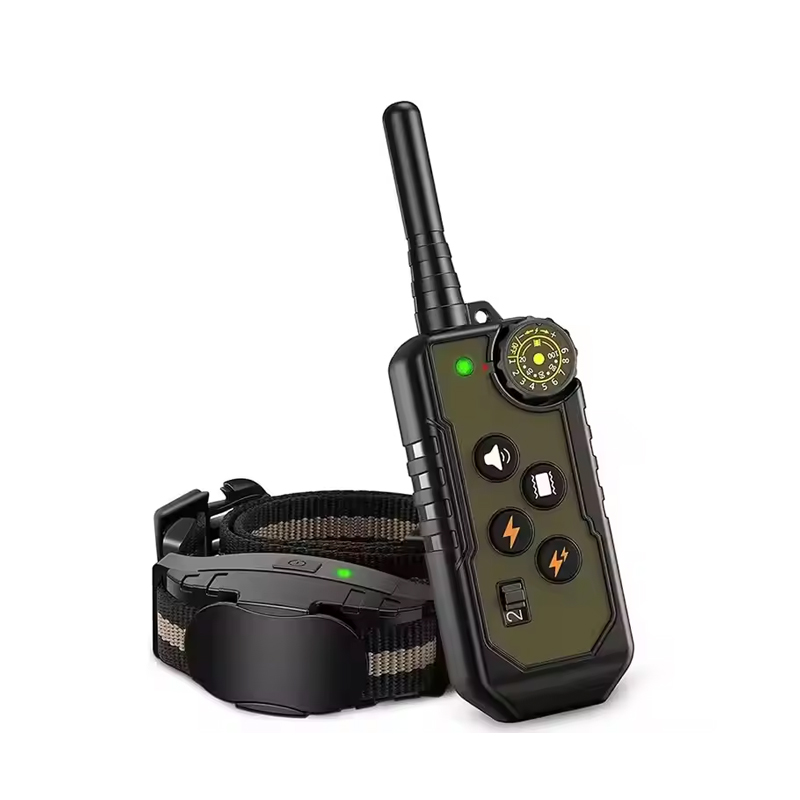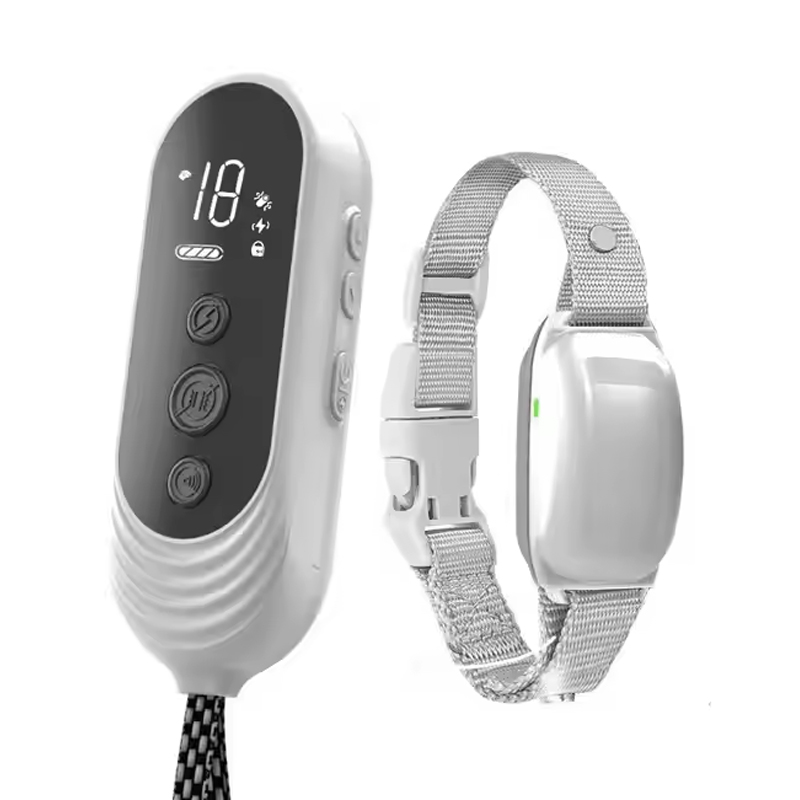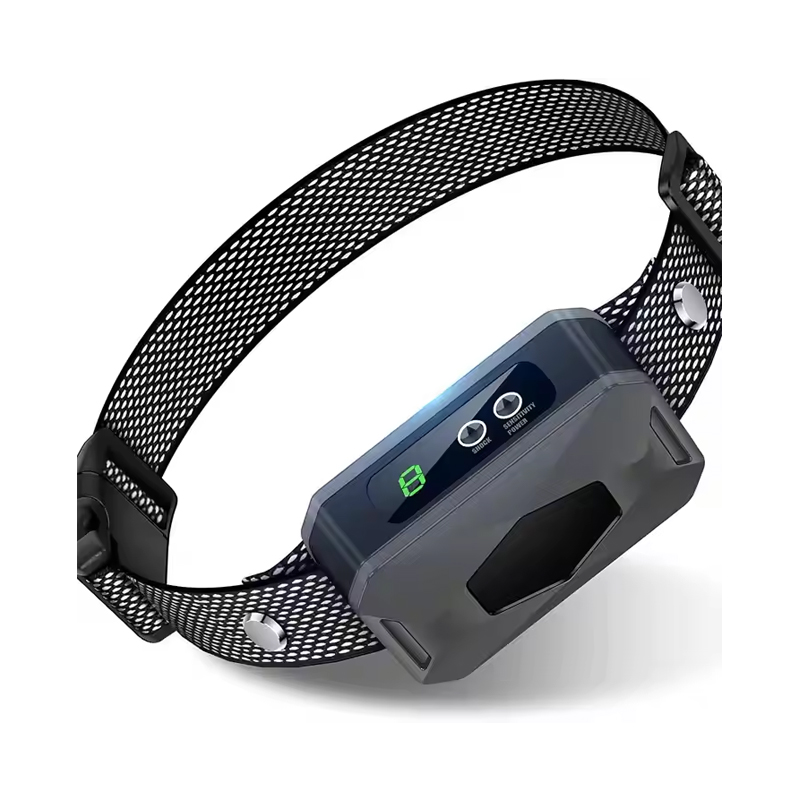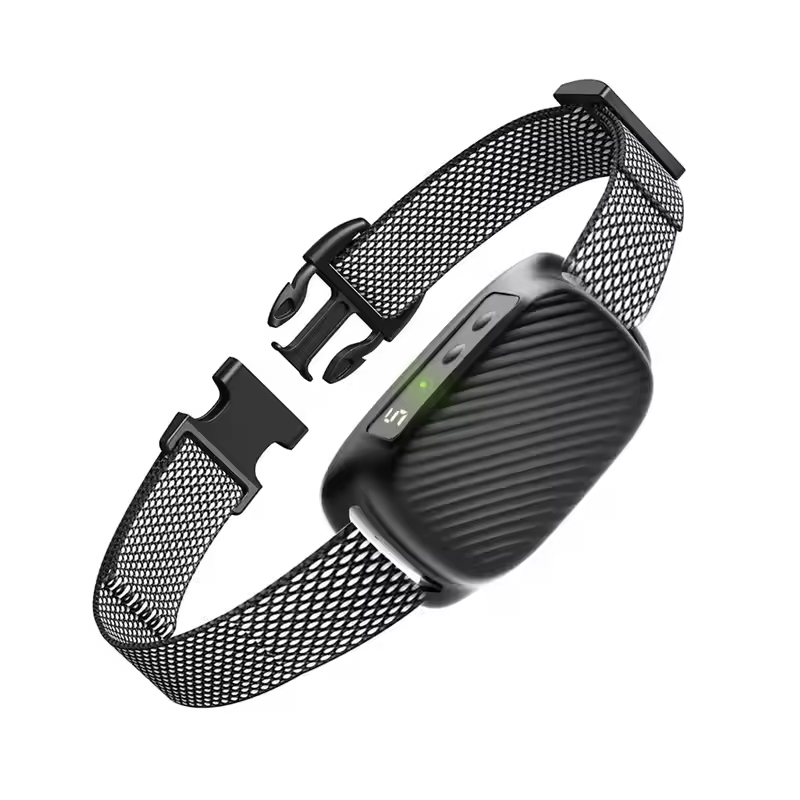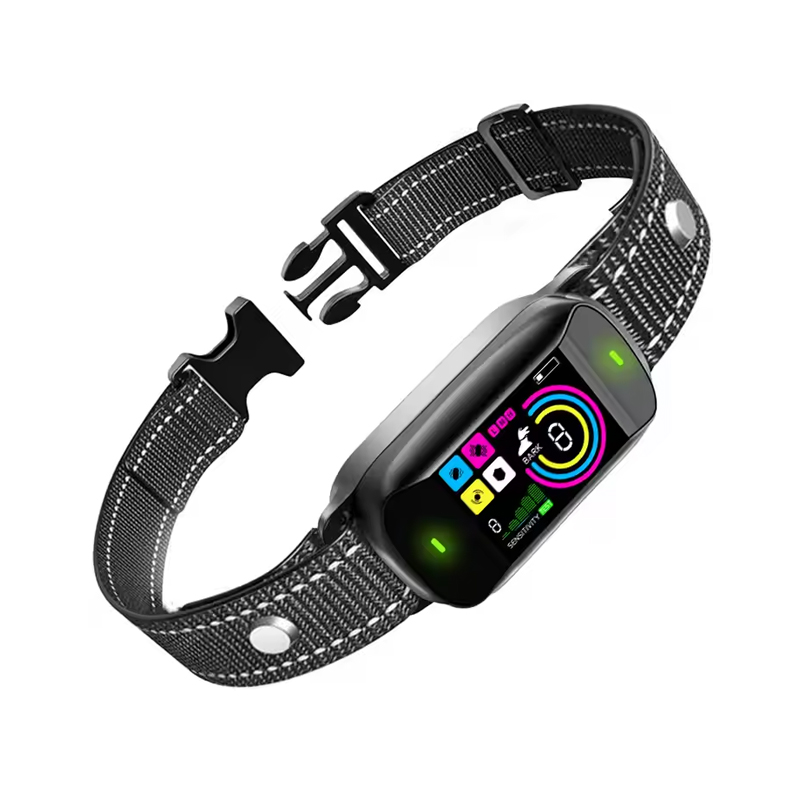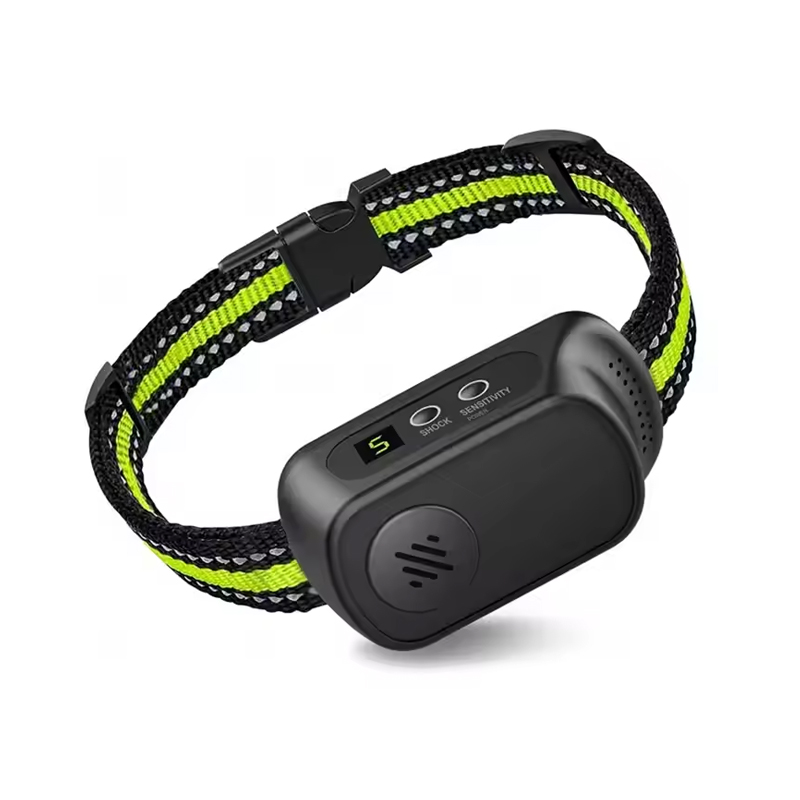- Type:
- Industry News
- Date:
- 2025-11-11
Pet Smart Appliances: Real Experience and Buying Guide
In recent years, with the continuous development of smart technology and the Internet, the pet supplies industry has also undergone rapid technological upgrades. Pet Smart Appliances have gradually become a new choice for pet households. These products not only help reduce pet owners' daily workload but also improve the quality of life for pets.

However, as smart devices become more popular, discussions around functionality, reliability, and cost-effectiveness have also emerged. This article provides an in-depth analysis from four perspectives: market trends, real user experience, purchase value, and potential pitfalls — offering practical insights for pet owners.
1. Market Overview and Popular Product Categories
With the rising number of pets and the increasing demand for intelligent living, the Pet Smart Appliances market has steadily expanded. The main product types include automatic feeders, smart water dispensers, self-cleaning litter boxes, and pet environment control devices (such as heating, drying, and air purification systems).
The following table summarizes the most common types of smart pet appliances and their key features:
| Product Category | Main Functions | Key User Concerns |
|---|---|---|
| Automatic Feeders | Timed and portioned feeding, remote control, feeding logs | Feeding accuracy, portion settings, pet adaptability |
| Smart Water Dispensers | Automatic circulation, water filtration, consumption monitoring | Water quality, noise level, maintenance and cleaning |
| Smart Litter Boxes / Cleaning Devices | Automatic waste removal, odor control, remote monitoring | Cleaning efficiency, pet adaptability, capacity and refill frequency |
| Pet Environment Control Devices | Heating, drying, air purification, environment monitoring | Temperature control, energy use, safety, and noise |
Industry data shows that sales of smart pet appliances have steadily increased over the past three years — especially among office workers and multi-pet households. Consumers are most concerned about whether these products can truly solve daily pet-care challenges such as remote feeding, hydration monitoring, and automatic cleaning.
2. Real User Experience
Real-world user experience is a crucial factor in purchase decisions. The following sections summarize observations based on three aspects: pre-purchase considerations, device usage, and feedback.
1. Pre-Purchase Considerations
Before purchasing a Pet Smart Appliance, most pet owners consider the following factors:
Type and Number of Pets: Different pet breeds and body sizes affect device capacity, feeding frequency, and cleaning performance.
Usage Scenario: Families who travel frequently or work long hours may need devices with higher automation and remote-control capabilities. Households with more time for companionship can opt for simpler models.
Budget and Value for Money: Choose equipment that meets actual needs without overspending on unnecessary functions.
2. During Use
According to user feedback, the overall experience of using Pet Smart Appliances can be summarized as follows:
Functionality: Automatic feeders ensure timed, portioned meals; smart water dispensers monitor water intake and maintain clean water circulation; smart litter boxes automatically remove waste and minimize odor.
Ease of Operation: Most devices support app-based control, though some users report unstable connectivity or unintuitive interfaces.
Pet Adaptability: Some pets—especially cats—may initially resist new devices and require a gradual adaptation period.
The table below summarizes the advantages and drawbacks of different types of smart pet appliances:
| Product Category | Advantages | Potential Issues |
|---|---|---|
| Automatic Feeders | Accurate timed feeding, reduces owners’ workload | Occasional food blockage, app disconnection, limited capacity |
| Smart Water Dispensers | Clean, circulating water with low noise | Some pets refuse to drink; frequent filter replacements needed |
| Smart Litter Boxes | Automatic cleaning reduces frequency of manual scooping, effective odor control | Not suitable for large cats; young or small pets may struggle |
| Environment Control Devices | Maintain comfortable temperature and humidity; improve air quality | High power consumption, complex operation, potential noise |
3. Is It Worth Buying?
Although smart pet appliances come with a wide range of functions, whether they are truly worth buying depends on your household's actual situation and your pet's specific needs. The following aspects can help in making a rational decision:
1. Household Scenarios
| Household Type | Recommendation Level | Reasoning |
|---|---|---|
| Office workers / frequent travelers | High | For owners who are away from home for long periods, devices such as automatic feeders, smart water dispensers, and self-cleaning litter boxes help handle daily feeding and cleaning, reduce time pressure, and maintain a stable routine for pets. |
| Multi-pet households | High | Manual management can easily lead to mistakes when there are several pets. Smart devices enable portion control, individual monitoring, and automatic cleaning — reducing conflicts and food waste. |
| Families with plenty of at-home time | Medium | When owners can personally feed and clean up after pets, smart devices become more of a convenience than a necessity. They can serve as lifestyle enhancers but are not essential. |
| Single-pet, budget-limited households | Low | If there’s only one pet and ample time for care, the advanced functions may be excessive relative to the cost, making the purchase less valuable. |
2. Functional Relevance
The real value of smart appliances lies in whether they solve everyday pain points rather than in their technological novelty. Consider the following dimensions:
- Time Savings: For busy owners, automated feeding, smart watering, and self-cleaning litter boxes can significantly reduce daily workload.
- Pet Health Monitoring: Devices that track water and food intake can help identify early signs of health issues.
- Convenience: Remote control, scheduled operations, and app-based monitoring are especially useful for households with frequent absences.
- Pet Adaptability: Different pets have different comfort levels with technology — for instance, many cats are sensitive to new devices and need gradual adaptation.
If the features align closely with the household's needs, the purchase is worthwhile; if it's just for novelty, the cost-effectiveness may be low.
3. Cost-Performance Ratio and the "Smart Tax"
Smart pet appliances are generally more expensive than traditional tools, so their value-for-money becomes a key consideration:
- Price vs. Functionality: High-quality devices with comprehensive features can be costly, but the investment makes sense for households that truly need remote management or automation.
- Over-Engineering: Some products include redundant functions (e.g., video monitoring, voice control, or complex apps) that users rarely use — these may be seen as paying a "smart tax."
- Maintenance and Consumables: Devices like self-cleaning litter boxes and smart water dispensers require regular replacement of filters or cleaning parts, which adds to long-term costs.
In summary, when needs, functions, and budget are carefully matched, smart pet appliances can offer genuine value; otherwise, they may end up as short-lived experiments or marketing gimmicks.
4. Alternative Solutions
Before making a purchase, owners can also consider alternatives:
- Semi-Automatic Devices: Combining manual feeders with smart reminders is more affordable and suitable for single-pet or at-home families.
- Traditional Equipment: Regular bowls, litter boxes, and fountains remain cost-effective and low-maintenance, ideal for those who don't require remote features.
- Gradual Upgrades: Start with one device (e.g., an automatic feeder). Observe how your pet responds before expanding to other smart devices.
5. Buying Recommendations
Choose Based on Real Needs: Select devices based on pet number, time availability, and household habits to avoid unnecessary purchases.
- Plan a Budget: Prioritize equipment that improves convenience and pet health significantly within your budget range.
- Consider Maintenance Costs: Factor in long-term expenses like filters, electricity, and cleaning supplies.
- Review Real Feedback: Refer to verified user reviews and performance tests to minimize purchase risks.
4. Potential Pitfalls and Considerations
While smart pet appliances are convenient, there are still risks and issues owners should be aware of:
1. Safety Risks
Electrical Safety: Some devices may pose minor leakage or malfunction risks if exposed to moisture.
Pet Misoperation: Pets may accidentally trigger buttons or chew on power cords, causing device damage or hazards.
2. Reliability Issues
Device Malfunctions: Occasional cases of feeder jamming or self-cleaning litter boxes failing to operate properly have been reported.
Network Dependency: Most devices rely on Wi-Fi or Bluetooth; unstable connections can interrupt key functions.
3. Usage Limitations
Size and Pet Type Restrictions: Some devices are designed for specific pet sizes or species.
Limited Capacity: Regular refilling or replacement of consumables is still required.
Energy Consumption and Complexity: Certain devices are power-intensive or require a learning curve to use efficiently.
Common Problems and Solutions
| Common Issue | Suggested Solution |
|---|---|
| Feeder jamming | Clean the feed container regularly and use appropriately sized kibble. |
| App connection failure | Check network settings or update device firmware. |
| Pet discomfort or resistance | Introduce the device gradually; start with short trial periods. |
| Excessive noise | Relocate the device or use a low-noise mode if available. |
| Frequent filter or part replacement | Set a maintenance schedule and keep spare filters on hand. |
5. Buying and Usage Recommendations
1. Assess Your Household and Pet Conditions
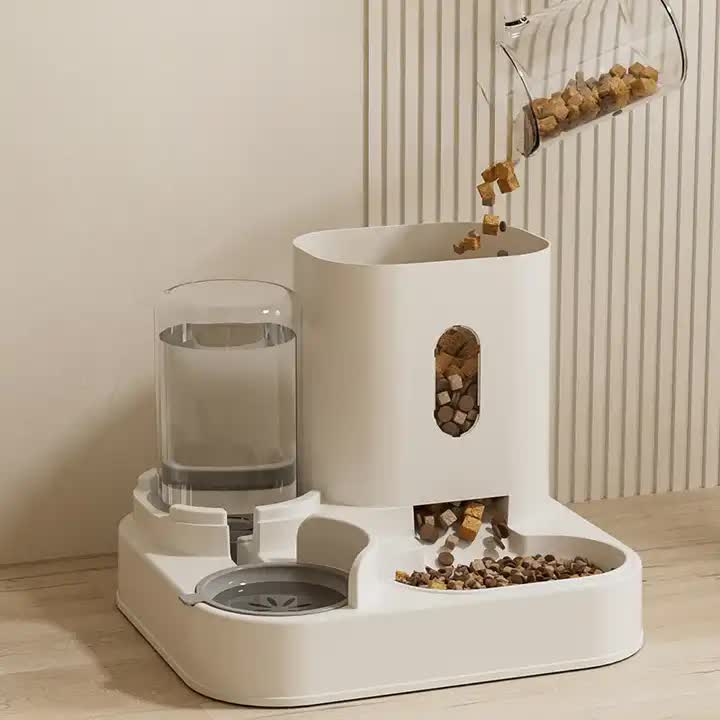
Before deciding to purchase, it's important to ask yourself a few key questions:
How many pets are in your household, and what are their types and sizes? (e.g., one cat, two dogs, or mixed pets)
How much time do you typically spend at home? How often do you travel for work?
What specific "pain points" do you want to solve? (e.g., timed feeding, remote monitoring, automatic litter cleaning, water circulation)
What is your budget range? Are you willing to pay extra for "smart" features?
Do you have suitable space and a stable network environment for smart devices?
Clarifying these conditions helps ensure that the chosen device truly matches your household's needs and prevents it from becoming unused or redundant after purchase.
2. Key Evaluation Dimensions When Selecting a Device
When screening options, the following table can serve as a reference guide for comparison:
| Evaluation Dimension | Key Considerations |
|---|---|
| Functionality Fit | Does the device actually provide the functions you need (e.g., portioned feeding, remote control, self-cleaning)? |
| Capacity / Specifications | Is it suitable for your pet’s size and number? (Large dogs or multi-pet homes may require larger-capacity devices.) |
| Ease of Operation | Is the app user-friendly? Is network connectivity stable? How complex is setup? |
| Consumables & Maintenance Costs | Are long-term expenses such as filters, electricity, and cleaning manageable within your budget? |
| Safety & Reliability | Are there safeguards for electrical and mechanical reliability? Is after-sales service available? |
| Placement & Network Conditions | Do you have stable Wi-Fi and a safe, convenient placement location (away from pet interference or obstacles)? |
Many review platforms point out that "not every pet owner needs all smart functions." Therefore, it's crucial to clearly define your needs before buying.
3. Tips for Pre-Use and During Use
Test the connection in advance: After installation, run the device locally to confirm Wi-Fi signal strength, app control, scheduling, and remote access all work properly.
Introduce the device gradually: Allow pets to slowly adapt. For example, start the feeder without food a few times or let your cat observe the litter box before fully switching. Sudden changes can cause rejection.
Regular maintenance: Clean food containers, replace filters, and check internal components and power cords regularly. Neglecting maintenance shortens device lifespan and increases malfunction risks.
Monitor consumables and energy use: Smart devices often consume more power or parts than traditional ones—factor these ongoing costs into your budget.
Pay attention to after-sales and firmware support: Since most devices rely on apps or networks, continuous updates and customer support are critical. Poor after-sales service can significantly reduce the user experience.
4. Common Mistakes to Avoid
More smart ≠ better: Some devices come loaded with rarely used features. If your main goal is simply "timed feeding," there's no need to purchase an all-in-one model with video, voice, and health tracking functions.
Ignoring power or network stability: Wi-Fi or power interruptions may cause devices to fail at critical times — a serious concern for travelers or unattended homes.
Overlooking pet adaptation: Pets, especially cats or sensitive dogs, may resist new devices. Gradual introduction, positive reinforcement, and patient guidance are key.
Ignoring placement and space limits: Large litter boxes or environment-control devices require adequate room. Crowded spaces can affect usability.
Underestimating long-term costs: While the initial purchase is a one-time expense, filters, consumables, electricity, and potential repairs can add up unexpectedly over time.
5. Recommended Purchase Process
Follow the steps below for a well-informed buying decision:
1. List your concrete needs — e.g., "I need two scheduled feedings daily," or "I want to ensure my pet has clean water when I'm away."
2. Select device categories based on those needs and compare multiple models'parameters and user reviews.
3. Check your home environment — confirm Wi-Fi stability, power outlet locations, and adequate space for the device.
4. Review after-sales service and warranty policies, prioritizing reliable support.
5. Purchase during promotional periods if possible, but avoid being swayed by discounts that don't align with your needs.
6. Run initial tests immediately after installation, observing both device performance and your pet's response.
7. Evaluate usage regularly: Ask yourself — does it meet expectations? Does it still make daily care easier? If yes, continue using it; if not, consider adjustments or discontinuation.
Smart pet appliances can significantly reduce the daily workload of pet owners and improve pets' quality of life — but they are not suitable for every household.
The decision to buy should depend on pet quantity, household dynamics, budget, and actual demand for automation.
Real user experiences show that the main advantages lie in remote management, automatic cleaning, and hydration monitoring, while the main drawbacks include potential malfunctions, setup complexity, and feature redundancy.
By purchasing wisely, maintaining regularly, and using devices rationally, owners can maximize the true value of smart pet technology.
Overall, smart pet appliances offer high value for office workers, frequent travelers, and multi-pet families.
For single-pet households or those with ample companionship time, a cautious, needs-based approach is recommended.


